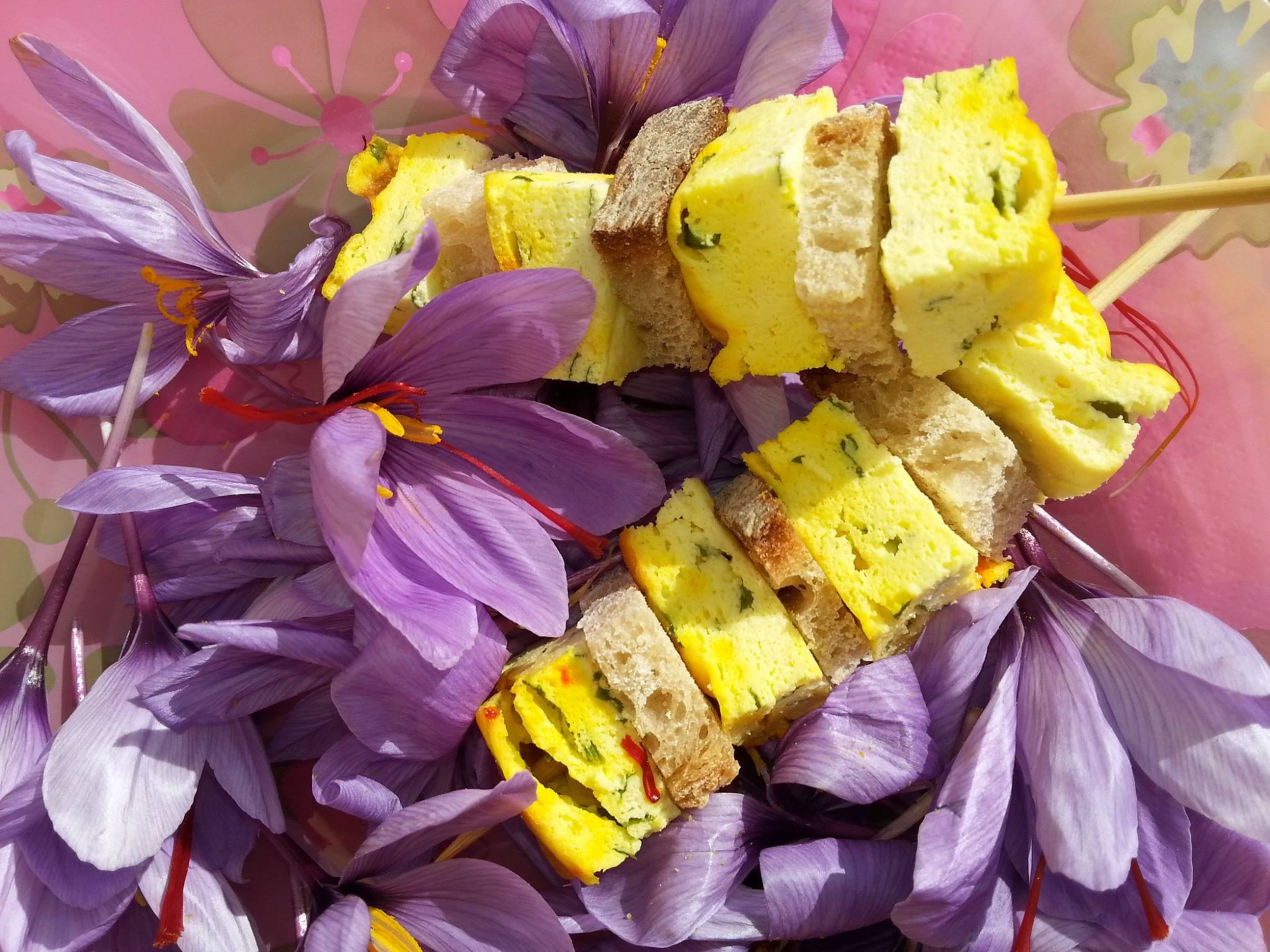Saffron from the Florentine Hills

 " href='/shared/visittuscany/immagini/blogs/idea/12031486_838702196227167_6212883013453829498_o.jpg?__scale=w:1920,t:2,q:85'>
" href='/shared/visittuscany/immagini/blogs/idea/12031486_838702196227167_6212883013453829498_o.jpg?__scale=w:1920,t:2,q:85'>One of the most precious spices, which contains anti-aging properties
Saffron is a spice that has a long history. Known since ancient times in Asia Minor, where it was used to colour cloth or glass objects, it was later used for gastronomical and medical purposes. It appeared in Italy around the year 1200 thanks to a Dominican friar whose cultivation was very successful, particularly in Tuscany.
The areas of Florence and Siena had the largest production. Important documents state that saffron from the Florentine countryside was one of the best types. The Tuscan capital was the centre of an international market for the commerce of saffron. To distinguish it from others, it was called “Zima di Firenze”. The precious stigmas constitute a commodity, whilst the flowers were used to adorn the tables of lavish banquets.
Saffron is one of the most “precious” spices, as most of its substances (crocetin, crocin, pyrocrocin) are part of the carotenoid family, present in around 8%. Such substances are antioxidants and have anti-aging properties, as they fight radicals.
Other than taste, saffron gives dishes a golden colour, reminiscent of the sun that nurtured the Crocus Sativus bulbs, planted on the “Florentine hill” farms belonging to the committee of local producers.
There is a reason for the high cost of saffron: first of all, in order to obtain a kilogram, it is necessary to start early in the morning (the harvest happens at dawn, in autumn, when the flowers are still closed), have a strong back (you have to continuously bend over and pick) and pick the pistils of around 150,000 Crocus Sativus flowers. In addition, it is necessary to do all of this by hand, as machinery could break the beautiful delicate purple flowers, whose dried pistils contain the saffron threads. Fortunately, it only takes a pinch for a dish to have the unique colour and taste.
Info: zafferanodifirenze.it
There is a reason for the high cost of saffron: first of all, in order to obtain a kilogram, it is necessary to start early in the morning (the harvest happens at dawn, in autumn, when the flowers are still closed), have a strong back (you have to continuously bend over and pick) and pick the pistils of around 150,000 Crocus Sativus flowers. In addition, it is necessary to do all of this by hand, as machinery could break the beautiful delicate purple flowers, whose dried pistils contain the saffron threads. Fortunately, it only takes a pinch for a dish to have the unique colour and taste.
Info: zafferanodifirenze.it



